THOMAS DUNNE BOOKS.
An imprint of St. Martins Press.
DAL & I . Copyright 2008 by Arendsoog Ltd. All rights reserved. Printed in the United States of America. For information, address St. Martins Press, 175 Fifth Avenue, New York, N.Y. 10010.
Part I

 I was twenty-two and worked in a Belgian cheese factory. Im not a poet and I cant sing, yet I wrote poetry and sang in a rock band at night while I spent my days in the underground cold store, making holes in wheels of Emmentaler cheese. One day, I got a phone call from the editor of Antwerps weekly Panorama magazine. Hed seen me onstage and read my poetry and wondered if I would be interested in a job switch. Of course I was. Wouldnt you be?
I was twenty-two and worked in a Belgian cheese factory. Im not a poet and I cant sing, yet I wrote poetry and sang in a rock band at night while I spent my days in the underground cold store, making holes in wheels of Emmentaler cheese. One day, I got a phone call from the editor of Antwerps weekly Panorama magazine. Hed seen me onstage and read my poetry and wondered if I would be interested in a job switch. Of course I was. Wouldnt you be?
Panorama asked me to become the weeklys correspondent in Hollywood. In an attempt to boost the magazines circulation and sell more printed paper, the editors had hit upon the idea of splashing the finest film stars of the daya very young Al Pacino, Faye Dunaway, Robert Redford, Barbra Streisand, Paul Newmanon the cover. As I understood it, I had to interview the Pacinos and Dunaways of this world, then and there, in Hollywood. Would you have hesitated a single second? I didnt. Id made enough holes in Emmentaler wheels. I immediately quit the cheese business and signed my contract as the magazines correspondent in Hollywood.
There was one problem, though: Panorama didnt have the necessary funds to send me to California. We worked out a compromise. They gave me an old desk, a chair, a manual typewriter, a stack of Variety and Hollywood Reporter back issuesthis was the early seventies, well before the Internet and Googleand a pair of scissors with a pot of glue, and asked me to cook up, invent, fabricate, or dream up interviews that would read as if I wined and dined with the stars of the silver screen every day of the week. Instead of languishing next to my swimming pool on Melrose Place, I would be slaving under the leaking roof of an editorial office on an Antwerp backstreet.
I was good at my new job, and for years I fabricated live interviews and wrote glamorous cover stories about leading ladies Barbara Hershey, Karen Black, Anita Ekberg, and Anne Bancroft, as well as actors like Nick Nolte and Robert De Niro, among others. Week after week, I found my name on the printed page under the pumped-up byline FROM OUR MAN IN HOLLYWOOD , which pleased me enormously. One week I concocted a story about Kojak, the week after that, I fantasized about Salvador Dal. Though not a movie star, Dal was as famous as Kojak and had more facial hair.
This is how I did it: I collected exhibition catalogs, old Life and Paris Match articles, Reuters dispatches and secondhand art books and hit upon the idea of situating Dal in Hollywood, where he was helping Walt Disney create the most scandalous and scabrous animated porn cartoon everor so I had people believe. It was all fiction and fantasy and a figment of my imagination. Dal looked good on the magazines cover, in close-up, rolling his bulging, fishy eyes. His famous waxed mustache had never been in better shape.
To see which coversand which film starswere the bestsellers, I regularly made the rounds to newsagents and booksellers that had the magazine on display. I soon learned that, on a cover, a female star is superior to a male star for salesMia Farrow beats Woody Allen and Ali MacGraw beats Steve McQueenwhile a blond female star far outsells a dark-haired beauty. Faye Dunaway and Farrah Fawcett beat Liza Minelli and Audrey Hepburn ten times over.
But the biggest surprise was still to come. To my amazement, the balding, mustachioed, wrinkled Salvador Dal, weary with age, far outsold superstars Warren Beatty, Raquel Welch, Ursula Andress, Dustin Hoffman, Woody Allen, and even Elizabeth Taylor, the all-time beauty queen.
Thats when I got my first lesson in life.
Dal sells.
Another unexpected phone call. The president of Money Management Counselors urgently needed to see me, seven oclock sharp. No discussion. I knew that MMC was the brainchild of an American financier whoall through the sixtiessold bonds to American soldiers stationed in Germany. Other MMC investment branches included works of art, diamonds, and real estate in Dallas and Canada.
I had never met a president, so I agreed to meet him at the Century Center Hotel, in the dining room, right at seven. As could be expected from the presidentany presidentof a multimillion-dollar company, he was already spooning heaps of beluga caviar on buttered toast when I arrived at his preferred table. A waiter in evening dress brought me an ivory spoon, butter, some very thin slices of lemon, an extra rack of white toast, and half a kilo of choice caviar.
The president told me he was a financier. He was also a playboy. He was restructuring his companys art-investment branch. Its all about making money, and Im fed up with all these con artists trying to fool the art world, he said. I want you to run our fine artinvestment branch and supply our wealthiest clients with the finest artworks available.
Why me? I asked. I know nothing about art.
You know Salvador Dal, the president replied. You interviewed him in Hollywood, didnt you? Boy oh boy, that was one hell of an interview!
Then and there, I got my second lesson in life.
Anyoneeven presidentscan be taken for a ride.
From one day to the next, I became an art consultant and investment broker. I couldnt believe my luck. My job description was simple: Talk as much cash as I could out of the greedy suckers of this world. I read. I studied. I traveled to Sothebys and Christies in London and New York. I bought my first Dal in Paris. A 1937 futuristic ink drawing representing what looked like a mass of swirls and ovals or fried beans. I didnt ask for a certificate of authenticitysupposedly, the drawing had been commissioned for



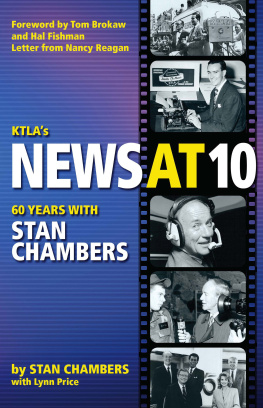
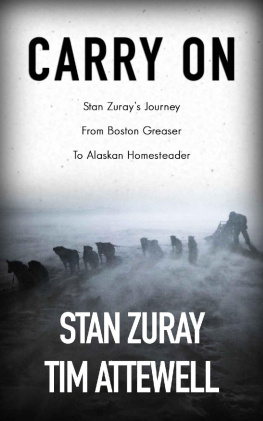
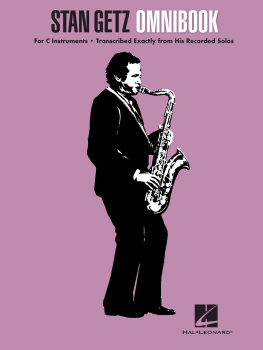
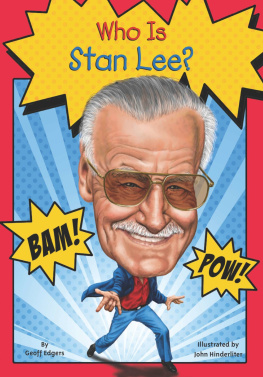
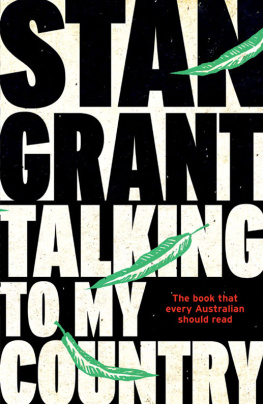
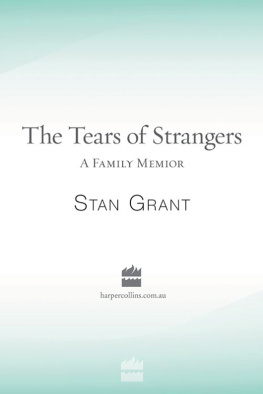


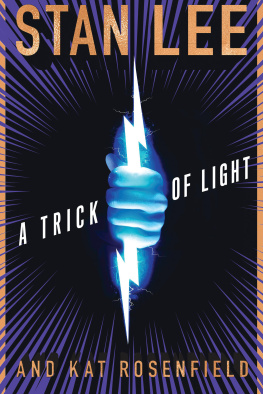


 New York
New York David Sacks, Daniel Brunt, Jason Reitman, Michael R. Newman, Andrew Niccol, and John Salvati. I owe you, guys. Youve made the dream come true.
David Sacks, Daniel Brunt, Jason Reitman, Michael R. Newman, Andrew Niccol, and John Salvati. I owe you, guys. Youve made the dream come true. Events and actions have been retold as I remember them, though names and identifying characteristics of certain people mentioned in the book have been changed. Conversations presented in dialogue form have been recreated based on my memory of them, but they are not intended to represent word-for-word documentation of what was said; rather, they are meant to reflect the substance of what was said.
Events and actions have been retold as I remember them, though names and identifying characteristics of certain people mentioned in the book have been changed. Conversations presented in dialogue form have been recreated based on my memory of them, but they are not intended to represent word-for-word documentation of what was said; rather, they are meant to reflect the substance of what was said.
 I was twenty-two and worked in a Belgian cheese factory. Im not a poet and I cant sing, yet I wrote poetry and sang in a rock band at night while I spent my days in the underground cold store, making holes in wheels of Emmentaler cheese. One day, I got a phone call from the editor of Antwerps weekly Panorama magazine. Hed seen me onstage and read my poetry and wondered if I would be interested in a job switch. Of course I was. Wouldnt you be?
I was twenty-two and worked in a Belgian cheese factory. Im not a poet and I cant sing, yet I wrote poetry and sang in a rock band at night while I spent my days in the underground cold store, making holes in wheels of Emmentaler cheese. One day, I got a phone call from the editor of Antwerps weekly Panorama magazine. Hed seen me onstage and read my poetry and wondered if I would be interested in a job switch. Of course I was. Wouldnt you be?